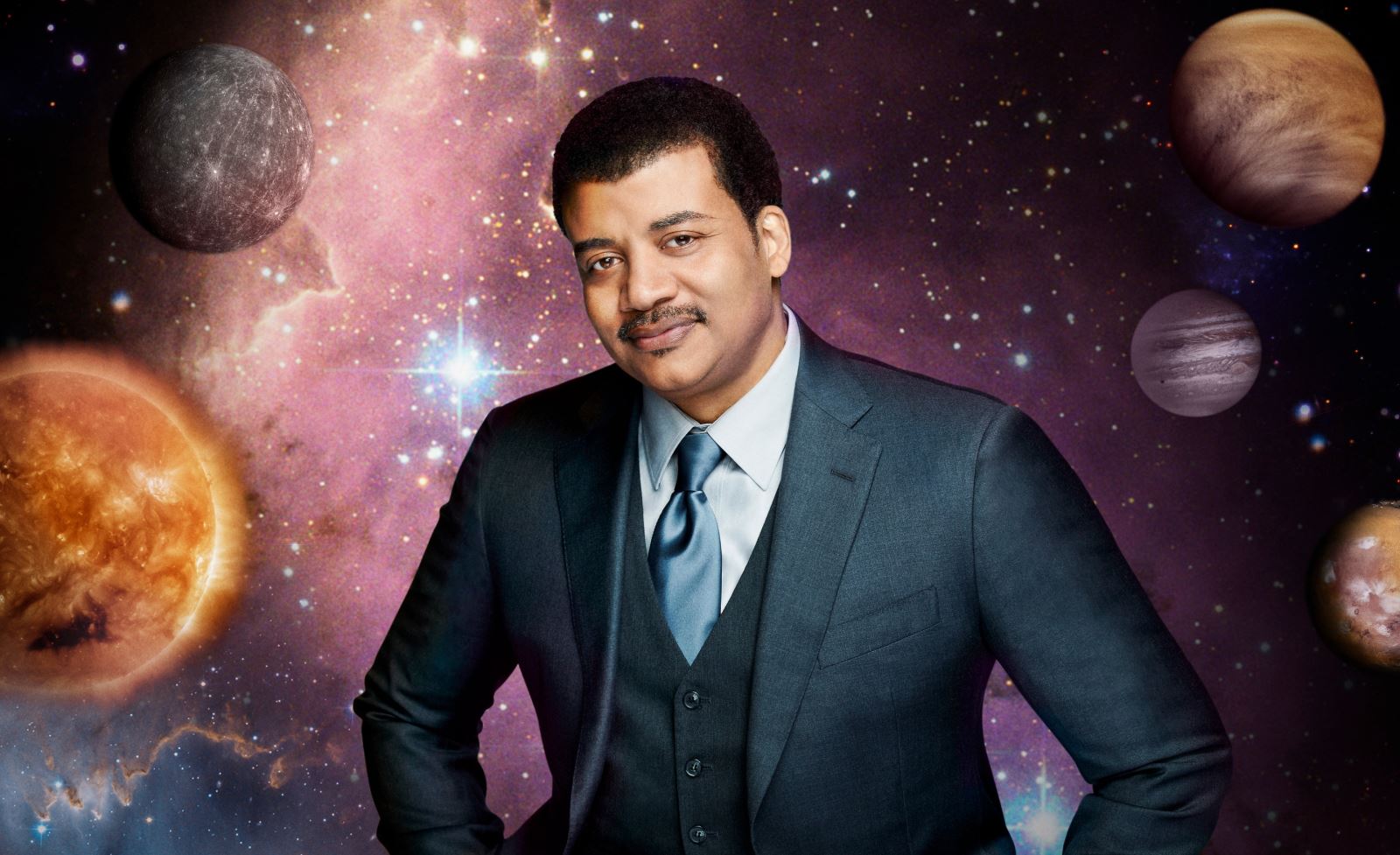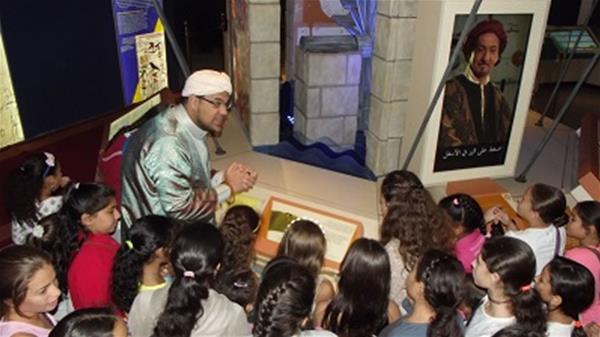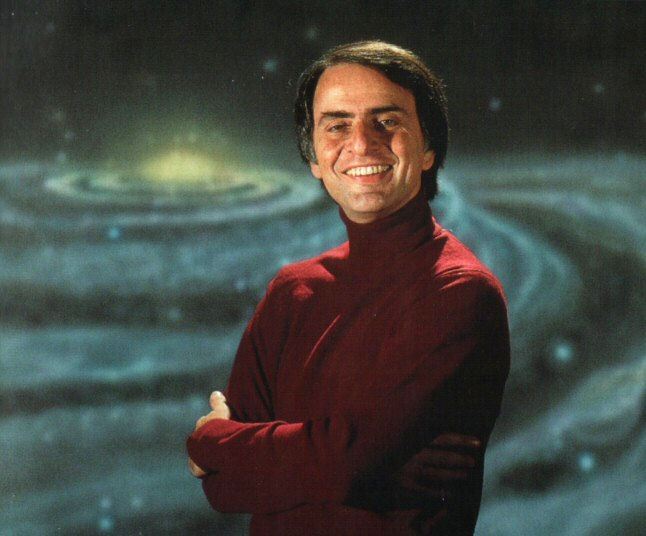Cover Photo © Planetarium Science Center, Biblitoheca Alexandrina.
Science tends to seem mysterious to those who do not make a career of it! While some of us like it, if not love it, many do not, especially as kids. For most of us, science is difficult because of the equations, calculations, and laws, which require much effort to understand and memorize. Yet, what we fail to realize is that the problem has nothing to do with the science itself, but rather how it is presented and explained. It is always about the means used to reach an end; namely, understanding and viewing science from a different perspective. Said perspective is that of enjoyment, exploration, and savoring new things with fresh eyes. From here stemmed a concept known as “science communication”, which serves as a lifeline for new generations when it comes to understanding, viewing, and developing passion towards science.
Believe it or not, many great science discoveries did not find their way into the light for long decades due to the absence of a proper means of communication between the discoverer and the people. A case in point is Gregor Mendel’s “Plant Hybridization”. Mendel published his paper entitled “Experiments on Plant Hybridization”, but we did not recognize its importance until the following century. Similarly, it was many years after the death of Alexander Fleming that the discovery of penicillin was given due importance.
Now, in the third millennium, with the technologies available, questions are all around us. Children are eager to know and understand everything around them; they pose numerous questions. We, adults, however, usually cannot give them clear answers without going into scientific details.
.JPG)
Photo © Planetarium Science Center, Biblitoheca Alexandrina.
As such, there have been several attempts to simplify the sciences over the years, eventually leading to what is known as "science communication". It is a means to simplifying science for non-specialized people in an appealing manner, whether in an amusing way, as a play, or using state-of-the-art exhibits or shows. All around the world, there are people specialized in science communication, working in both scientific and non-scientific newspapers and magazines. Their aim is to simplify everyday astronomical, physical, or chemical phenomena (to name some) and raise awareness about them; and to correct faulty scientific principles, and change the culture of science understanding.
Science communication also aims to connect scientific researchers to different groups, particularly children and youth, to build scientist–audience relationships, unlike how matters were in old times. The advancement of media and the emergence of social media networks, such as Facebook and Twitter among others, have contributed to activating science and making it visible for all, not just those interested in it to begin with, but also those far from it.
Researchers believe that science communication is about using skills, media, and activities properly to produce reactions to the sciences that people are concerned with. Examples include raising awareness about new scientific issues, such as global warming and environmental pollution. The joy lurks in presenting science as art and entertainment, and in volunteering to communicate science through different ways. Last but not least, it is also joyful to help the audience form their own opinions, make or correct their decisions, understand the sciences and their applications.
Now, let me introduce you to some specialists in the field. Dutch astrophysicist Walter Hendrik Gustav Lewin obtained his PhD in nuclear physics in 1965, and served as Professor of Physics at Massachusetts Institute of Technology (MIT), 1966–2009. Lewin explains physics in a wonderful manner that allows listeners to play and interact with physics, and attracts followers. Lewin has several publications and received several awards. In 2011, he presented a series of science episodes entitled Nova broadcasted on American PBS channel, as well as other TV shows.
.jpg)
Also, we cannot skip the genius scientist, engineer, comedian, and science communicator William Sanford Nye who studied Engineering in Cornwell University, and was a student of Carl Sagan*. Nue started his life as a mechanical engineer and was known as the “Science Guy”, as he presented a popular show entitled “Bill Nye the Science Guy”, 1993–1998; he acted as a science promoter and facilitator in media.

Last but not least, there is the American scientist, astronomer, writer, and TV shows presenter Neil deGrasse Tyson who revived the Cosmos TV show previously presented by his tutor Carl Sagan; he also presented some episodes of the Nova TV show. Currently, Tyson is a researcher in the Department of Astrophysics at the American Museum of Natural History, and is Director of the Museum's planetarium.

Since I worked as a science communicator for two years at the Bibliohtheca Alexandrina Planetarium Science Center, I can describe science communication as a means of survival to current and future generations. It would serve as a clear, simple, and mostly entertaining tool to understand the sciences that we once thought were difficult. As such, I urge parents who would like to invest in their children to search the Internet, television, and science centers for science communication portals, which have become available everywhere now. I also urge the youth who want to understand things around them to search for science communication portals available to them; they simply might become truly passionate about it.

Photo © Planetarium Science Center, Biblitoheca Alexandrina.
Glossary
*Carl Sagan is an American astronomer and writer whose writings about natural sciences achieved great success.
 References
References
Jane Gregory & Steve Miller, Science in Public.
Laura Bowater & Kay Yeoman, Science Communication: A Practical Guide for Scientists.
Sarah Perrault, Communicating Popular Science.